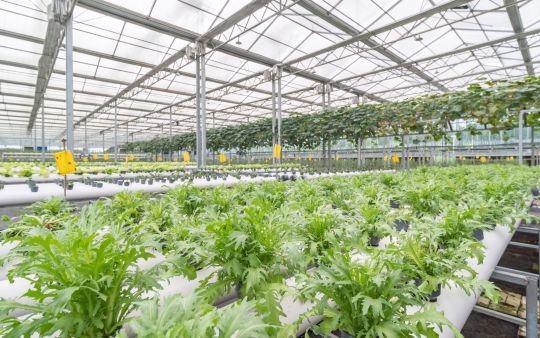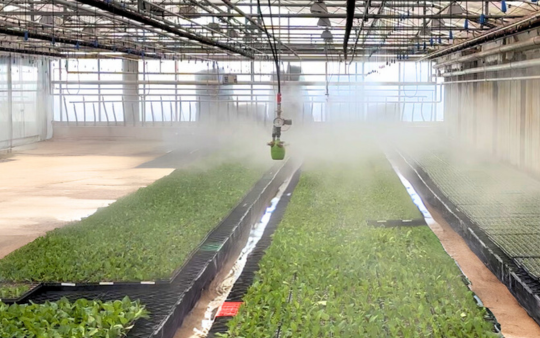
Articles by Industry: Agriculture | Benefits of Dry Fog in CEA | Greenhouse Humidity Management | Advanced Humidification for Indoor Farming | Optimize Crop Yield | Sustainable Farming


Indoor growing has always been about one thing: control. Control over temperature, light, and most crucially, humidity. But how we’ve achieved that control has changed dramatically over the centuries.
So how did we get from sunlit orangeries in Renaissance Europe to fully automated greenhouses fine-tuned by sensors and software? Let’s take a look.
The concept of protected cultivation can be traced back thousands of years. The Romans used transparent mica sheets and frames to grow cucumbers year-round for Emperor Tiberius. But true greenhouses emerged in 17th-century Europe, when wealthy botanists and royals sought to grow exotic plants from around the world.
These early greenhouses were marvels of architecture but lacked any real precision. Moisture levels fluctuated with the weather, often leading to inconsistent growth or disease.
By the 19th century, advances in glass production made large greenhouses more accessible. In colder climates, boiler-driven steam heating allowed growers to maintain temperatures year-round. However, this created a new issue: dry air.
Humidity was now recognized as essential to healthy plant development—but methods to maintain it were still rudimentary and reactive.
The mid-20th century marked a turning point. Agriculture became more scientific, and so did indoor cultivation. Greenhouses began integrating fans, heaters, and misting systems to better regulate environmental conditions.
Still, humidification often came at a cost: too much water, inconsistent coverage, and the risk of mold or mildew when surfaces stayed wet.
Modern growers now use sensor-based automation to control every parameter of the growing environment, and humidity is no exception.
Enter dry fog humidification.
This method is especially valuable during propagation and germination, where young plants are most vulnerable to desiccation or mold. Unlike traditional misting, dry fog helps create an ideal vapor pressure deficit (VPD) zone—without drenching the space.
Today’s growers aren’t just reacting to plant stress, they’re proactively preventing it. With the ability to set exact humidity targets for different stages of growth, modern greenhouses are vastly more efficient, sustainable, and productive.
Dry fog represents the latest chapter in a long history of innovation: the evolution from sunlight and stone walls to finely tuned, sensor-driven ecosystems.
And just like those early growers striving to protect a citrus tree in winter, today’s cultivators are still pursuing the same goal; only with far better tools.


Articles by Industry: Agriculture | Benefits of Dry Fog in CEA | Greenhouse Humidity Management | Advanced Humidification for Indoor Farming | Optimize Crop Yield | Sustainable Farming

Dry Fog For Cannabis Cultivation | How to Grow Quality Bud | Indoor Grow for Cannabis

Humidity: The Hidden Ingredient for Healthier Crops & Higher Yields